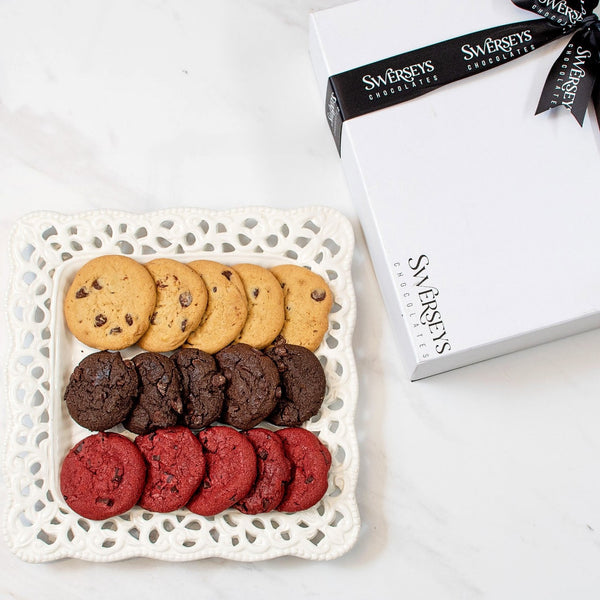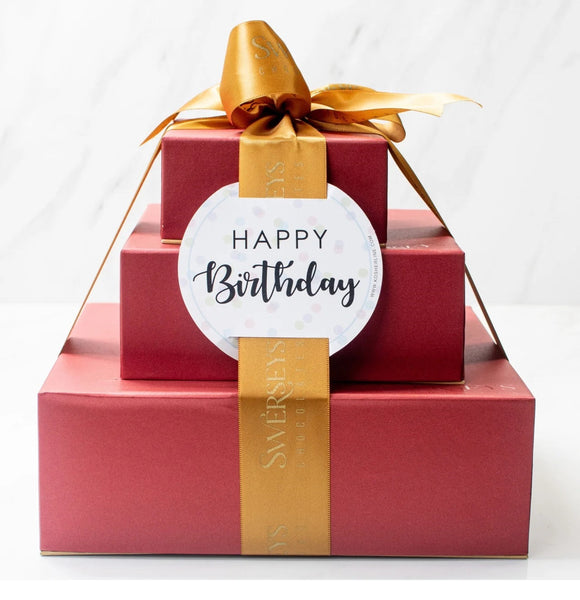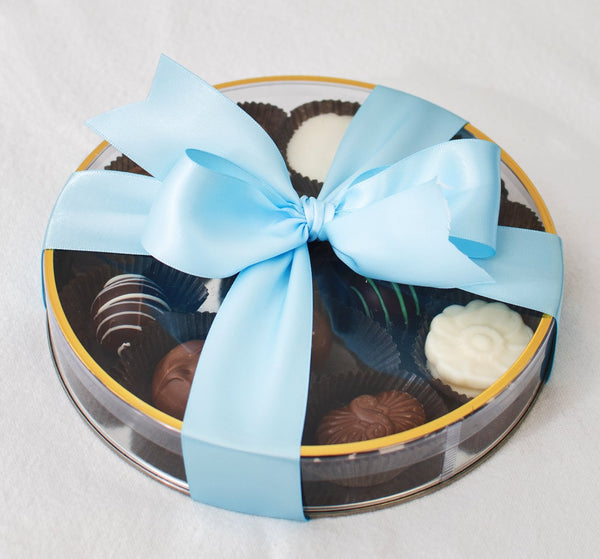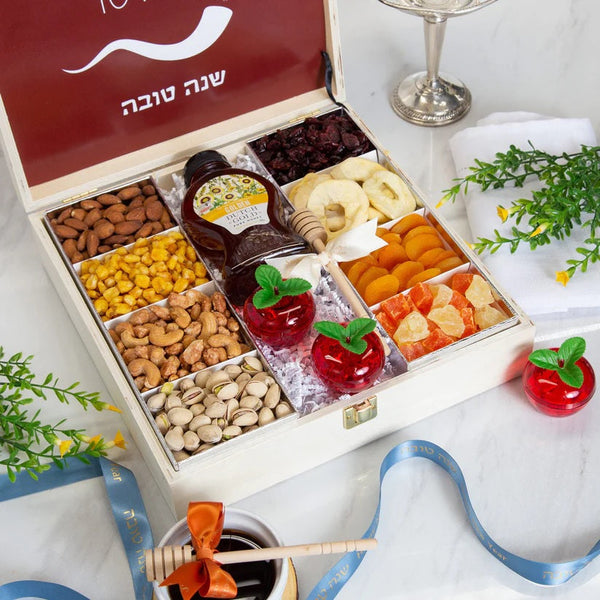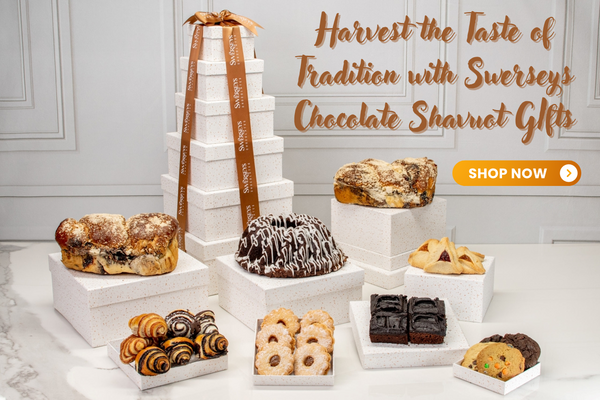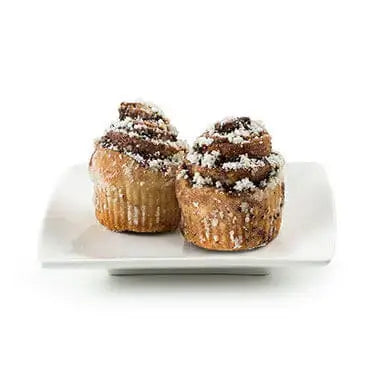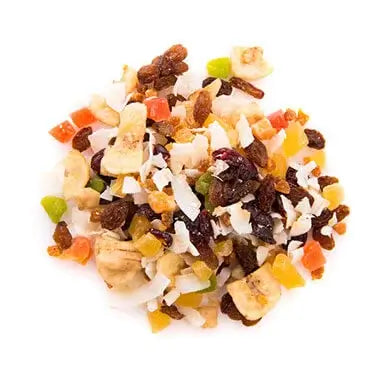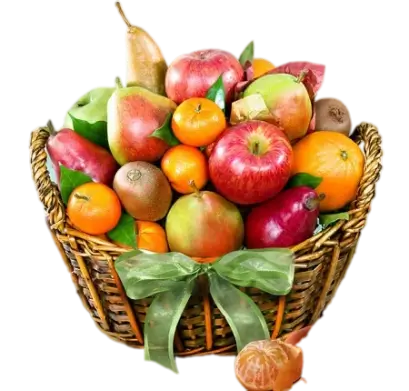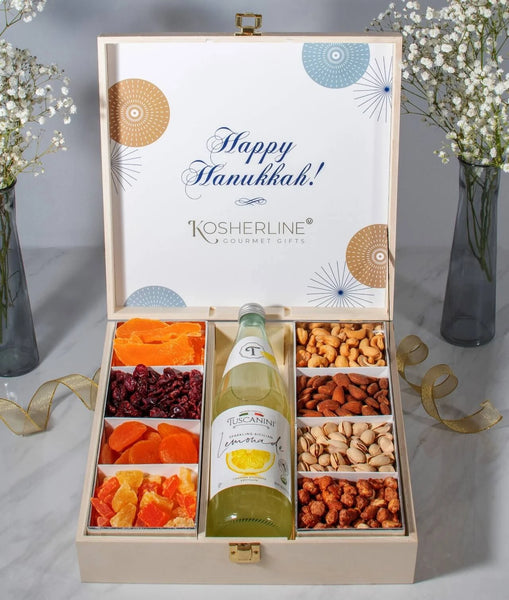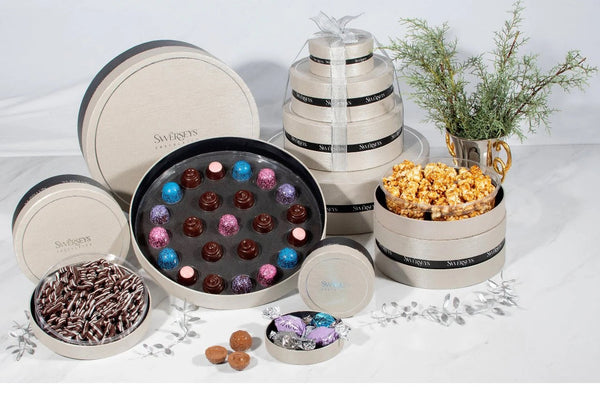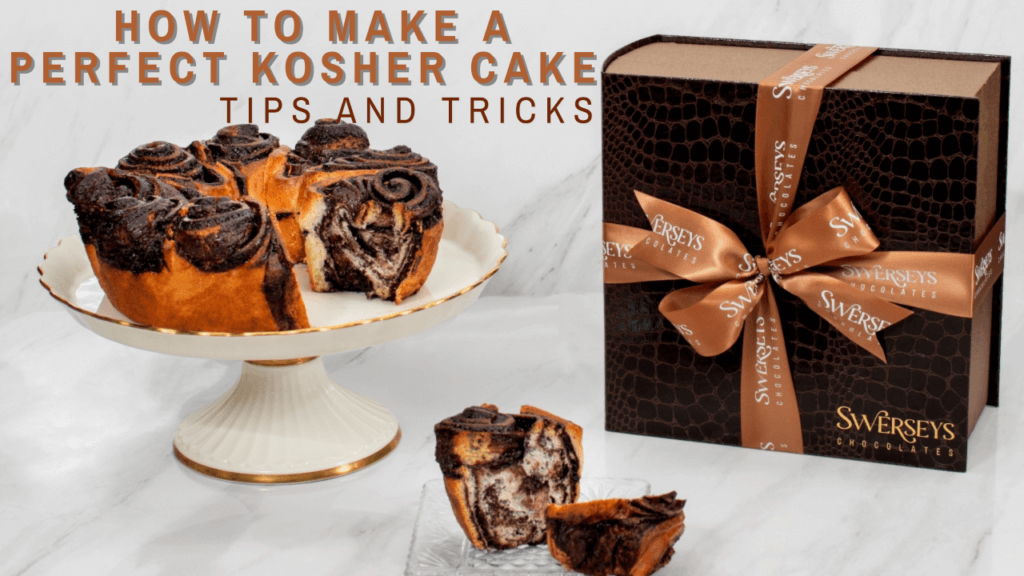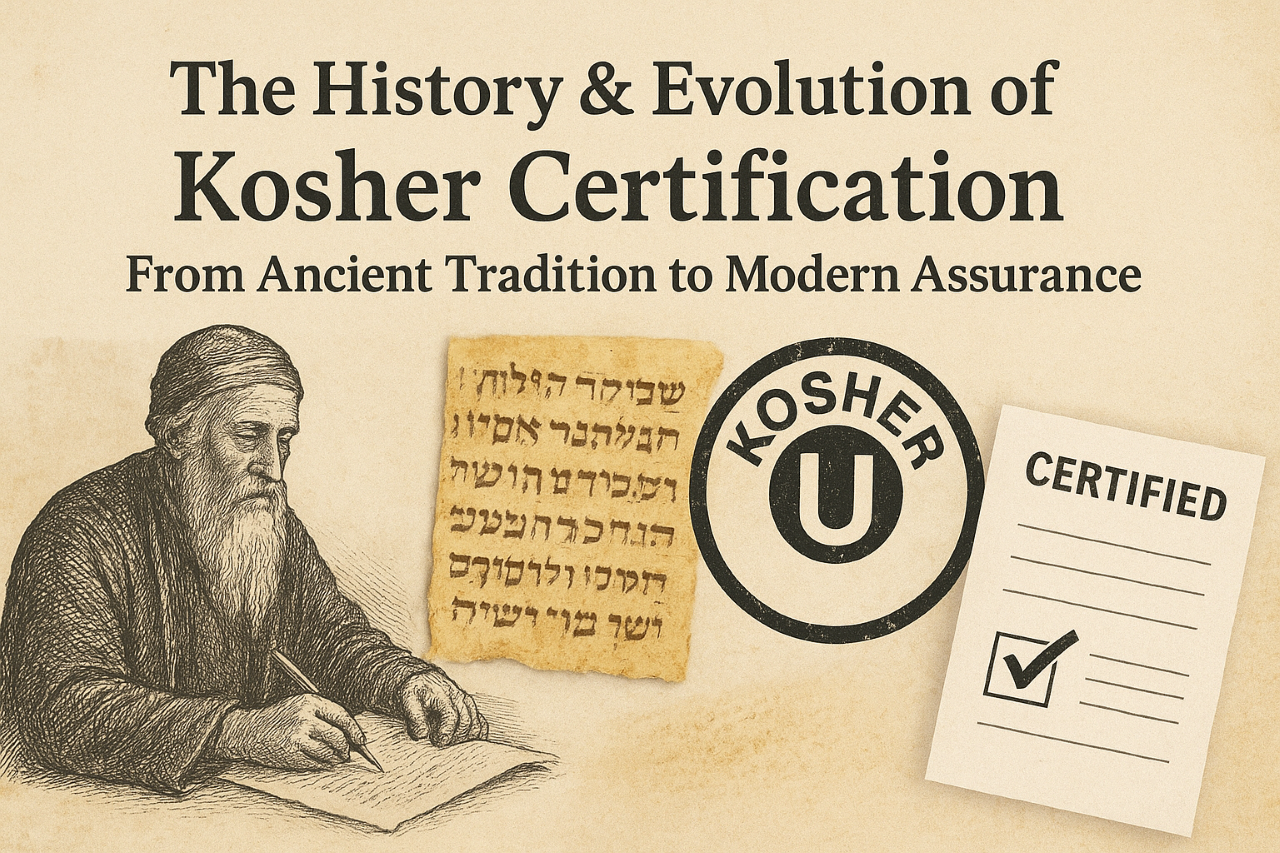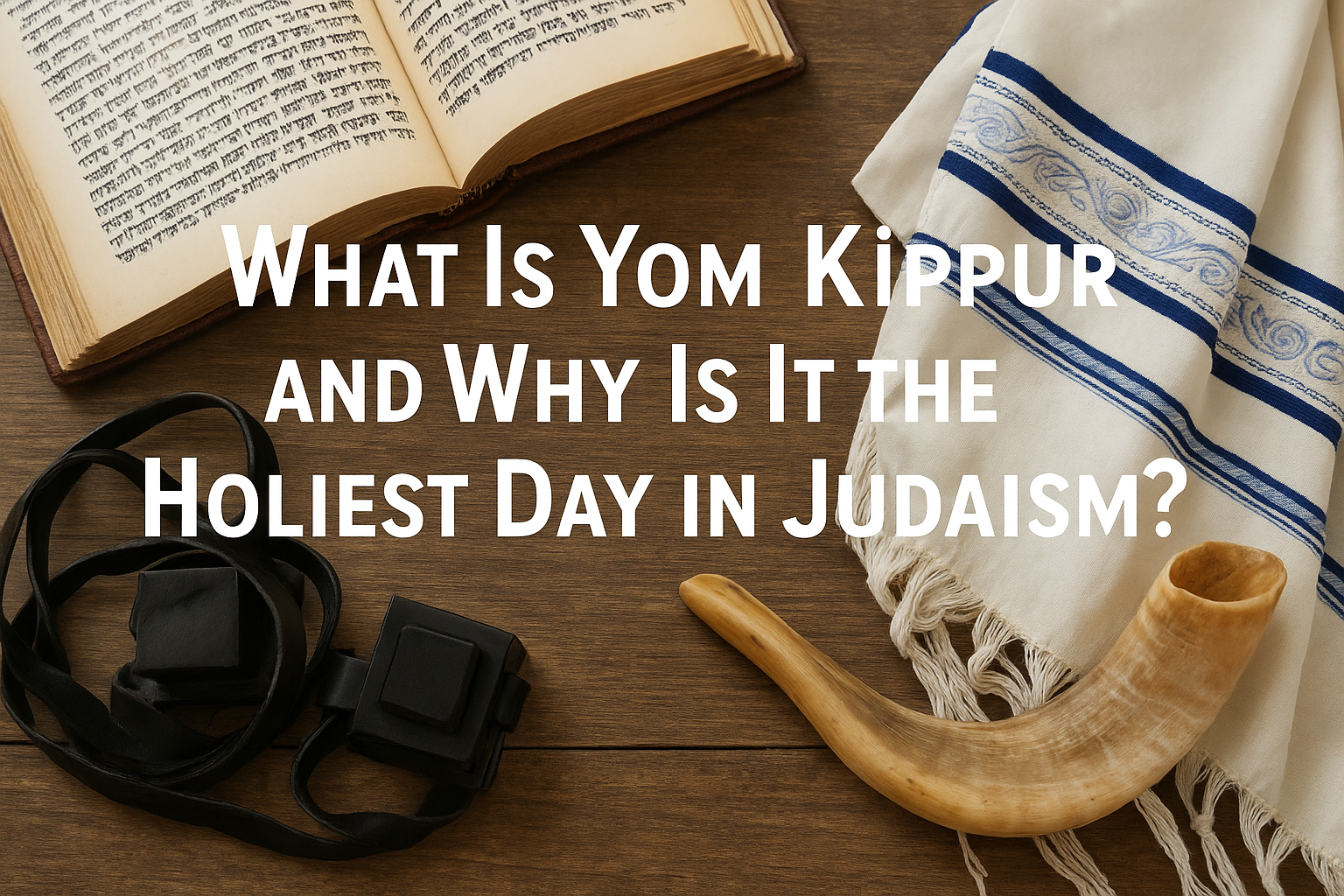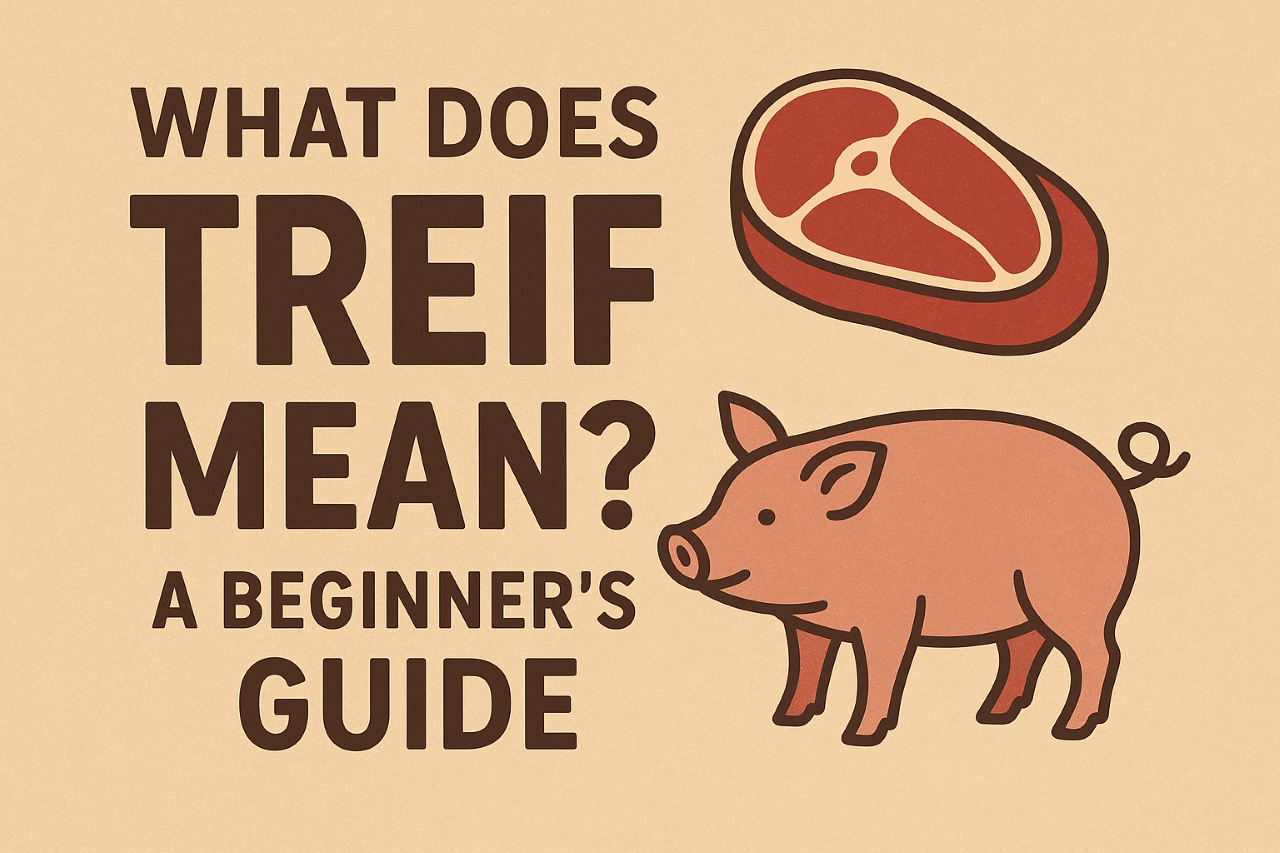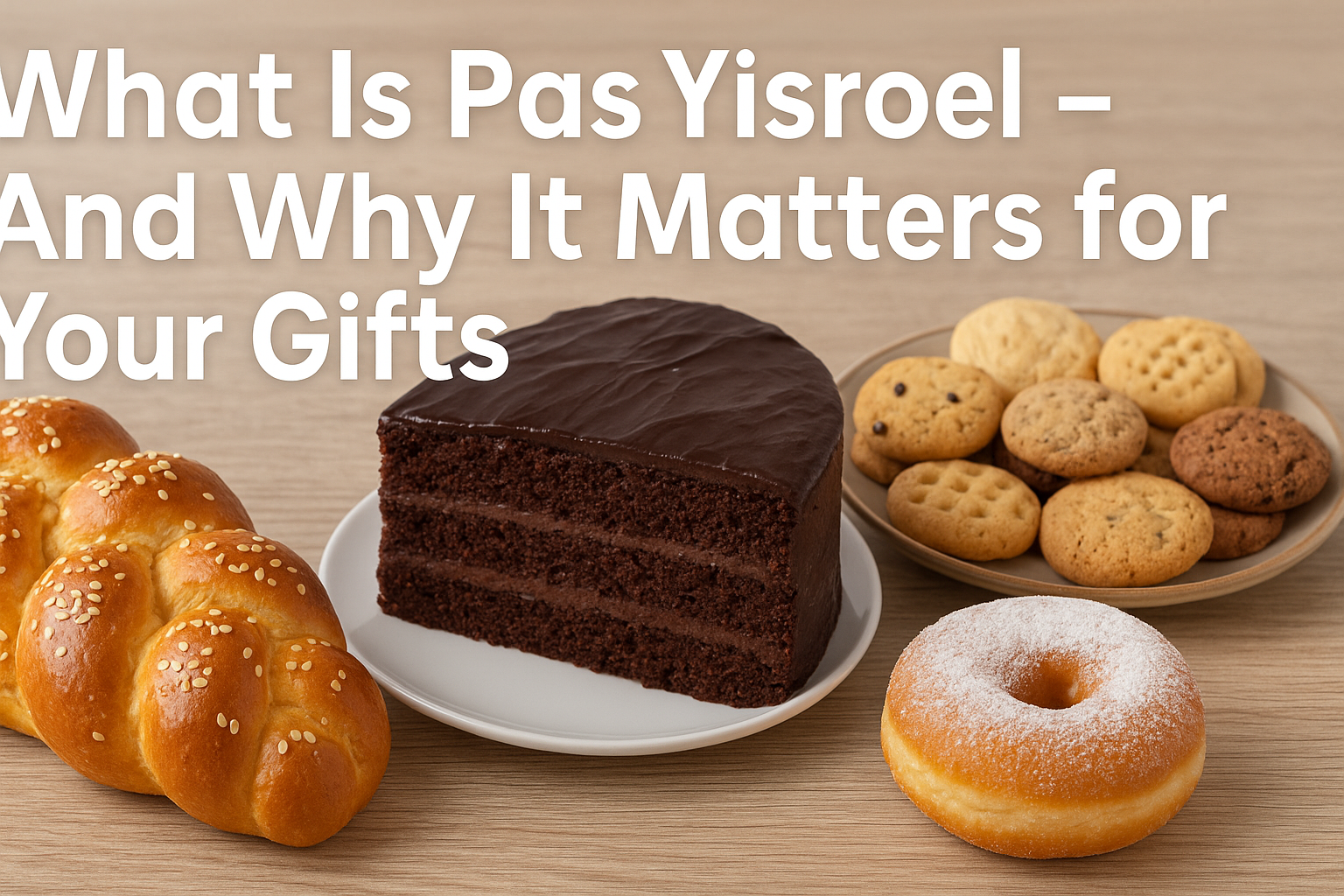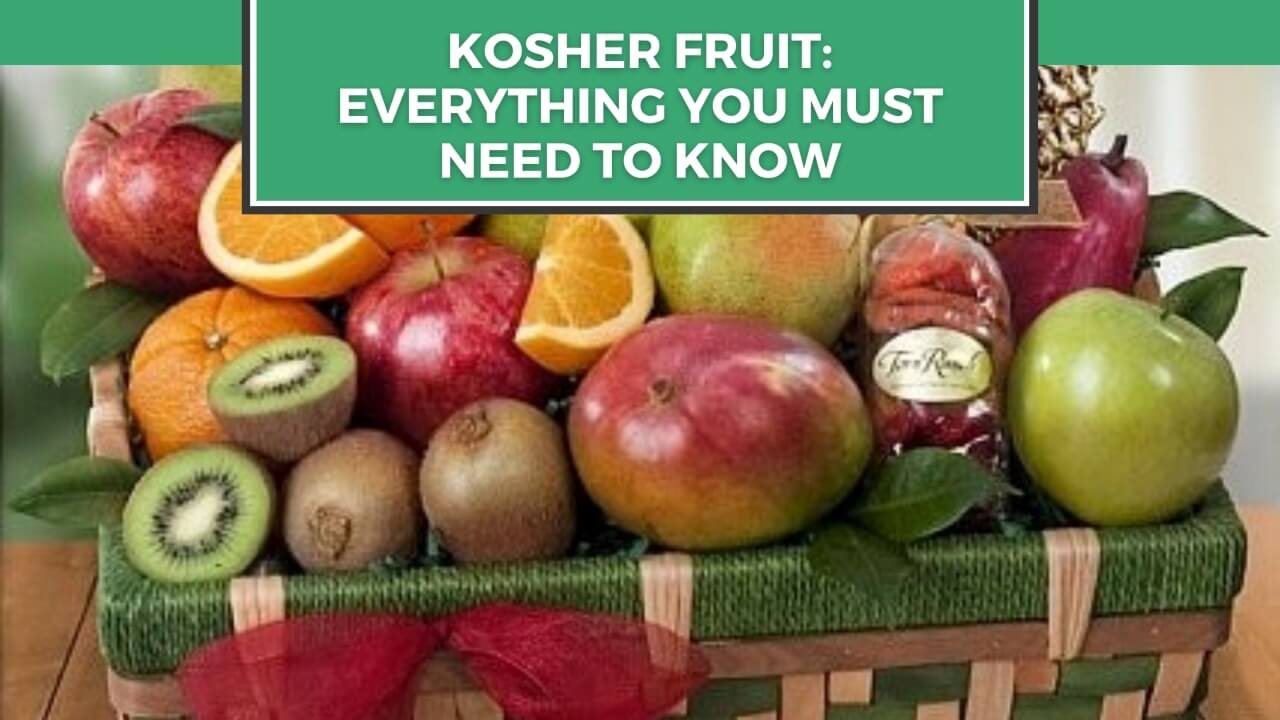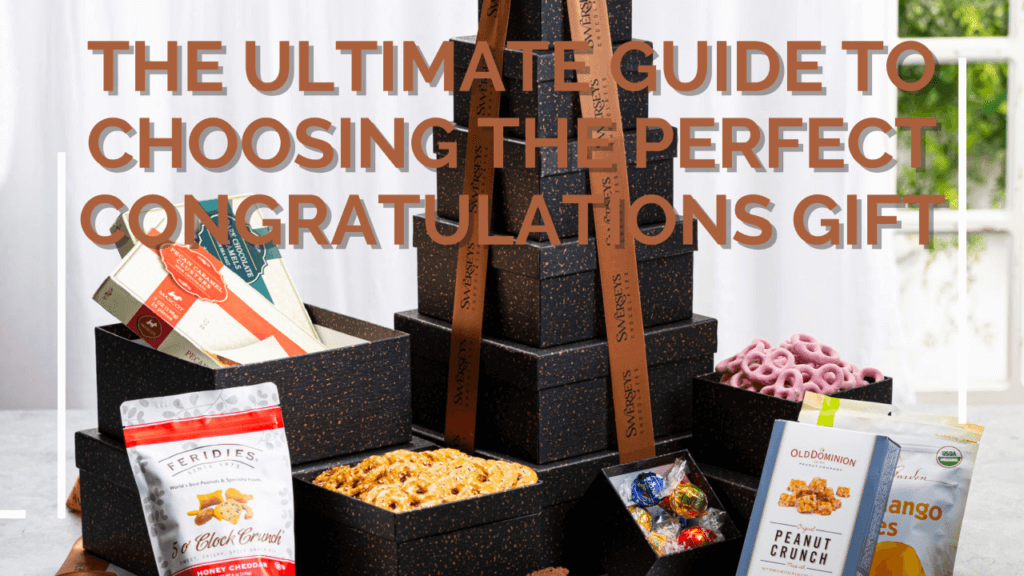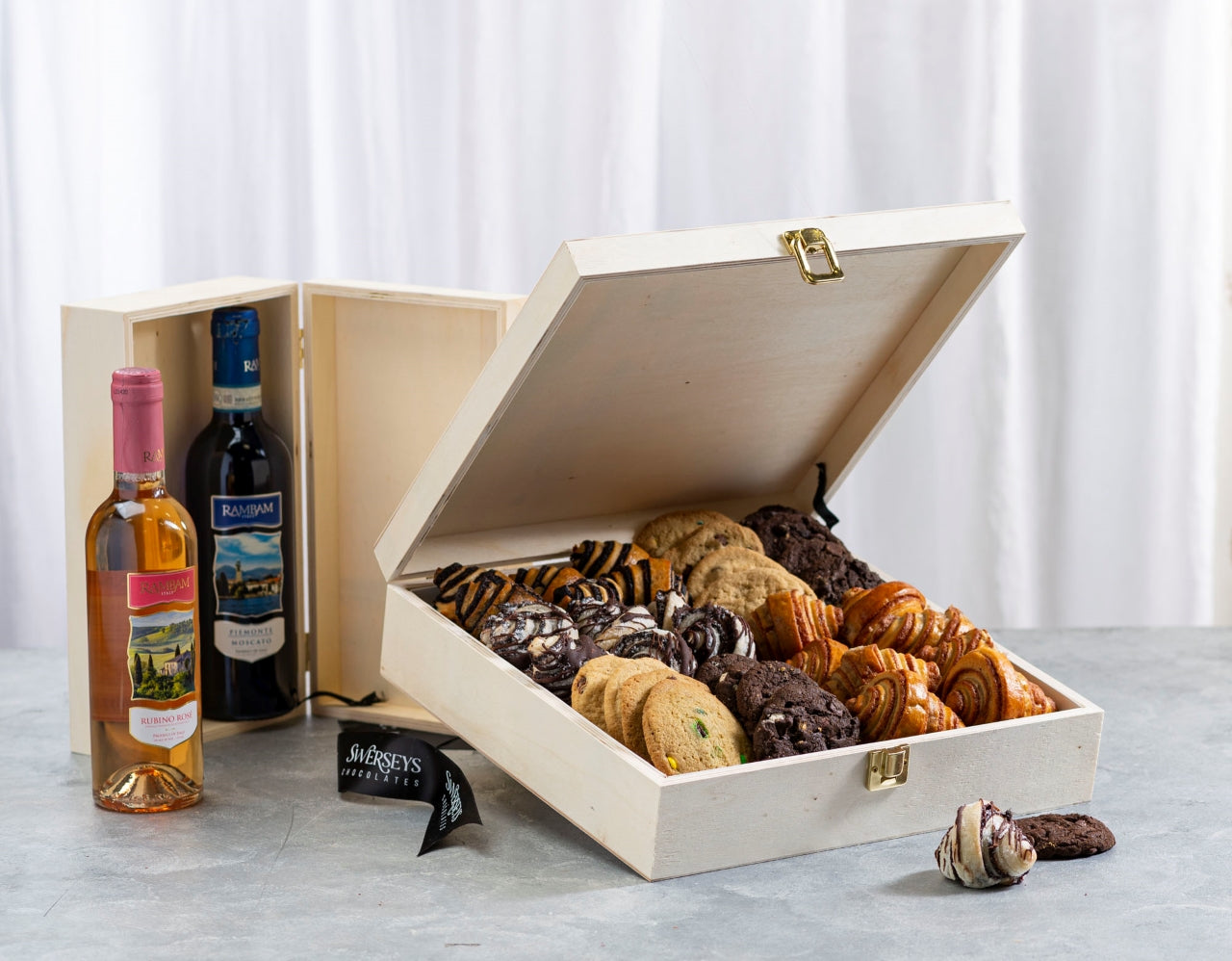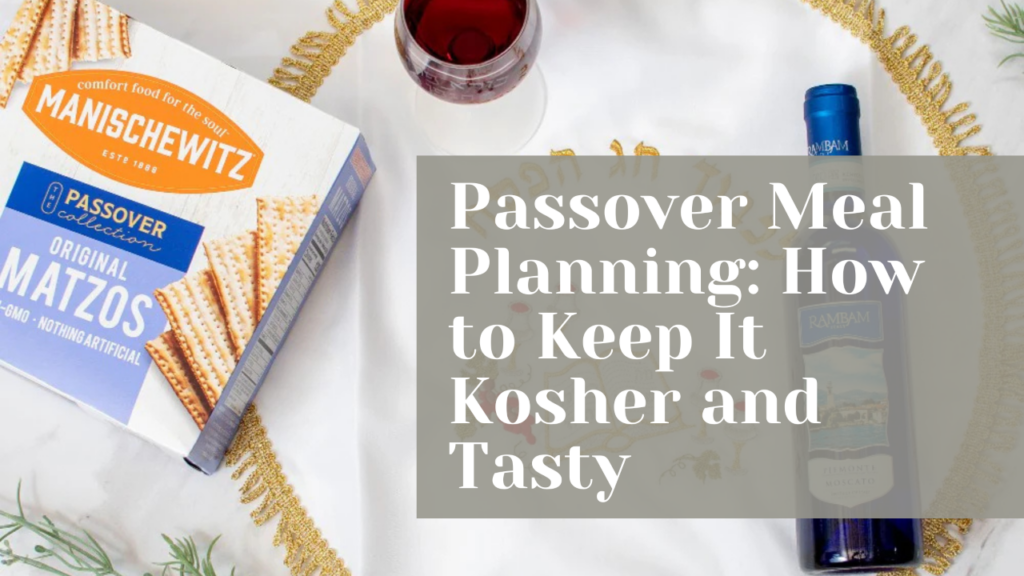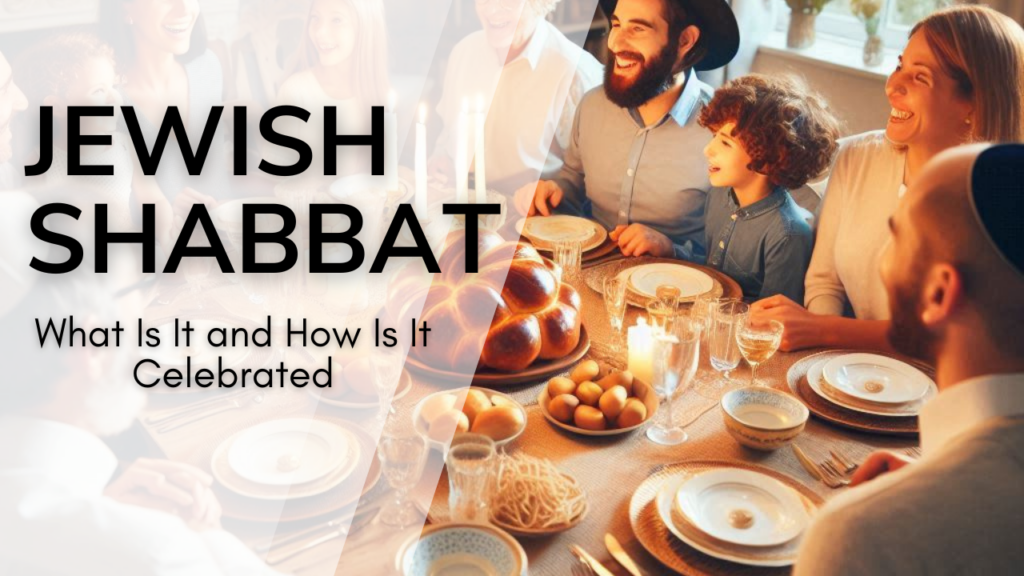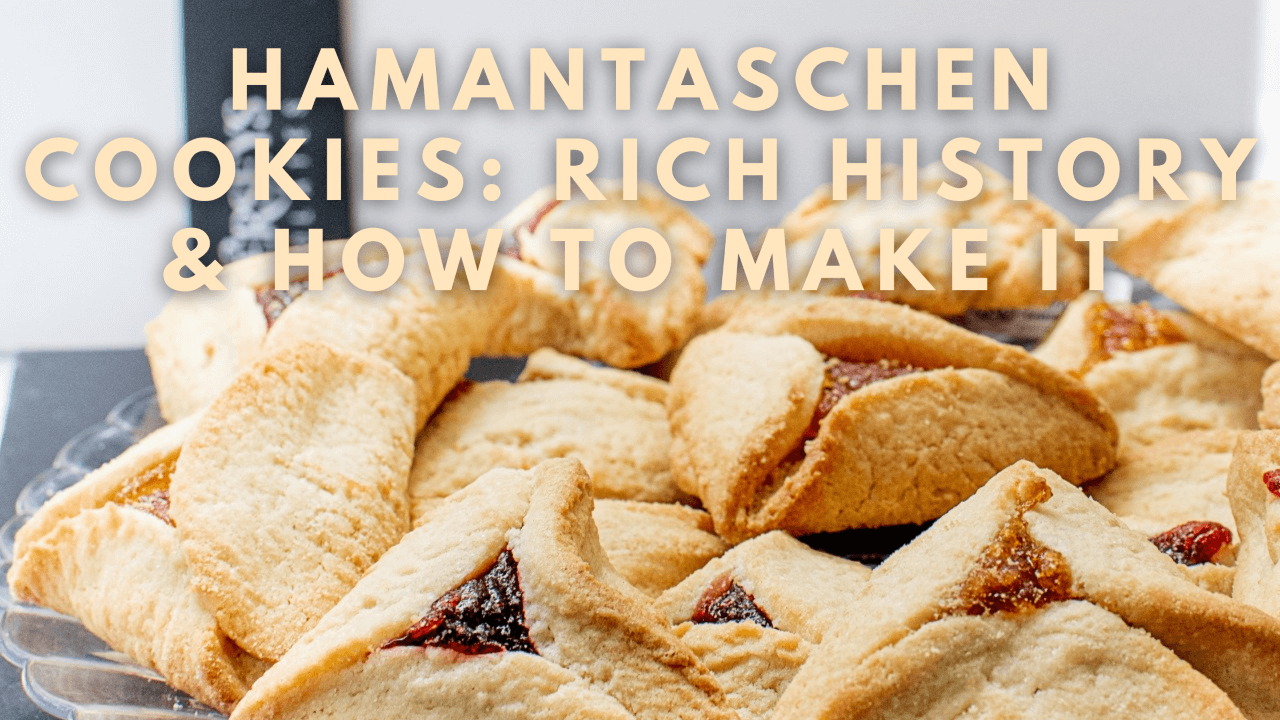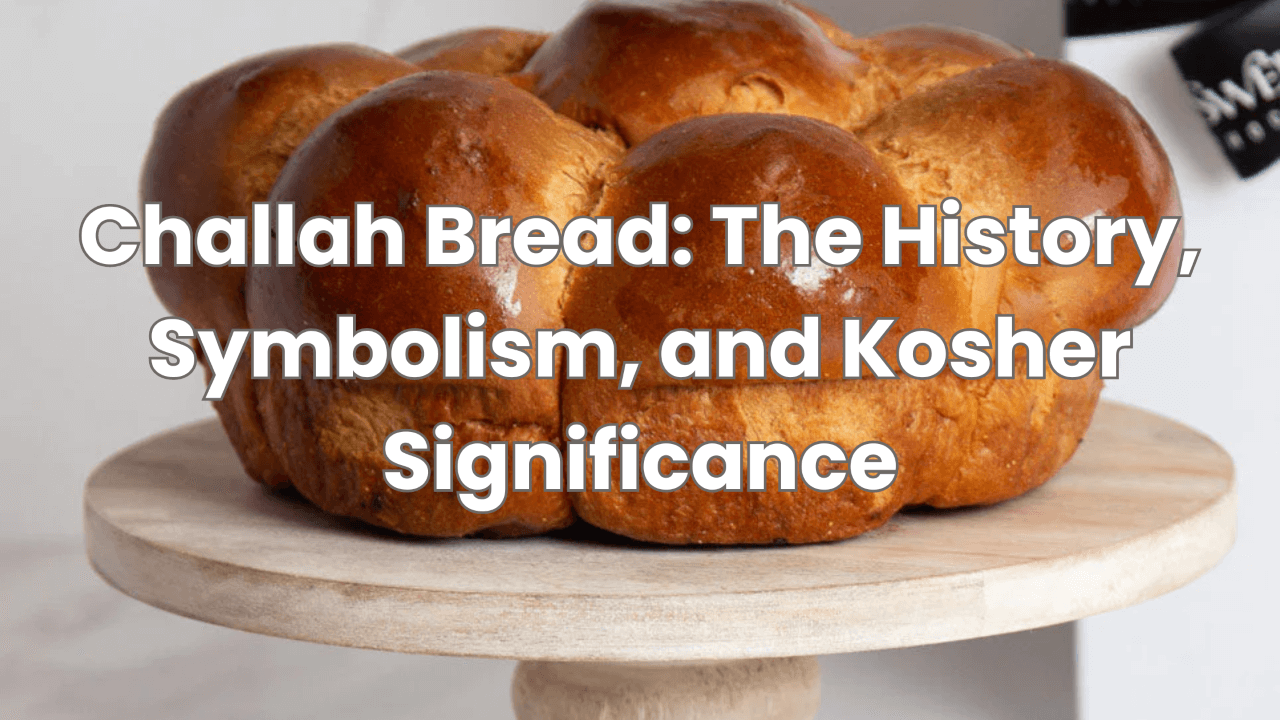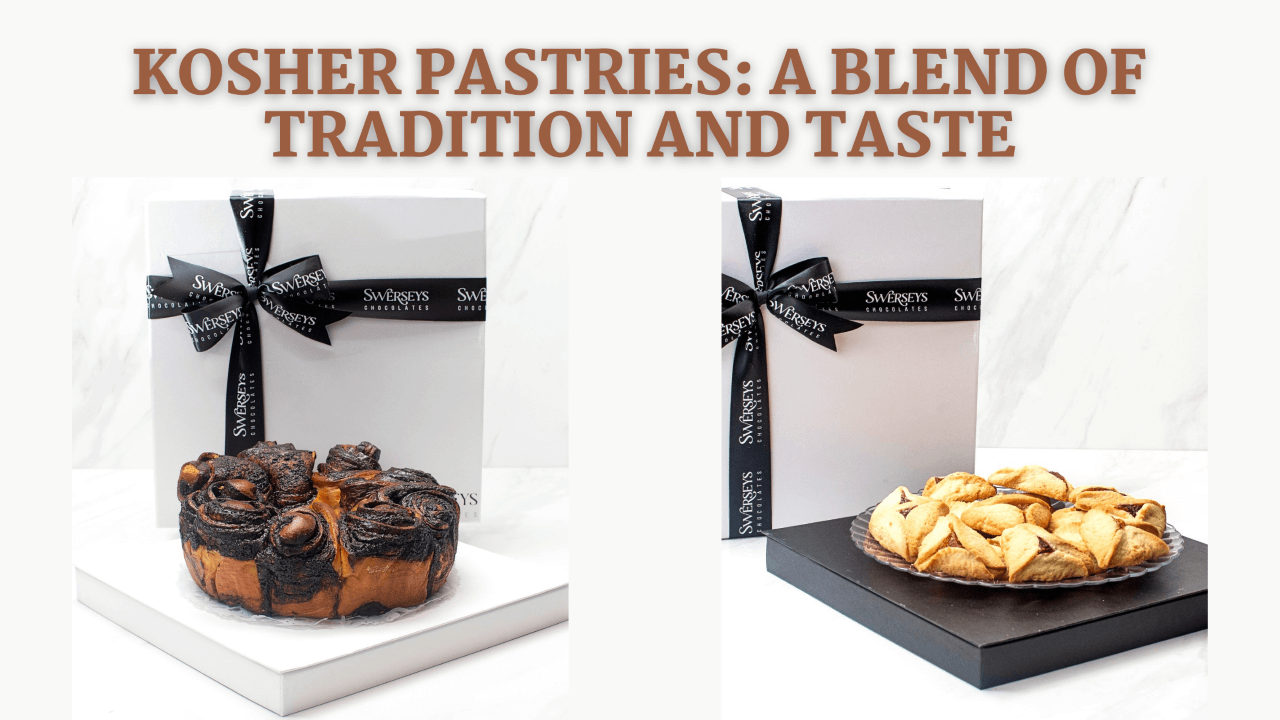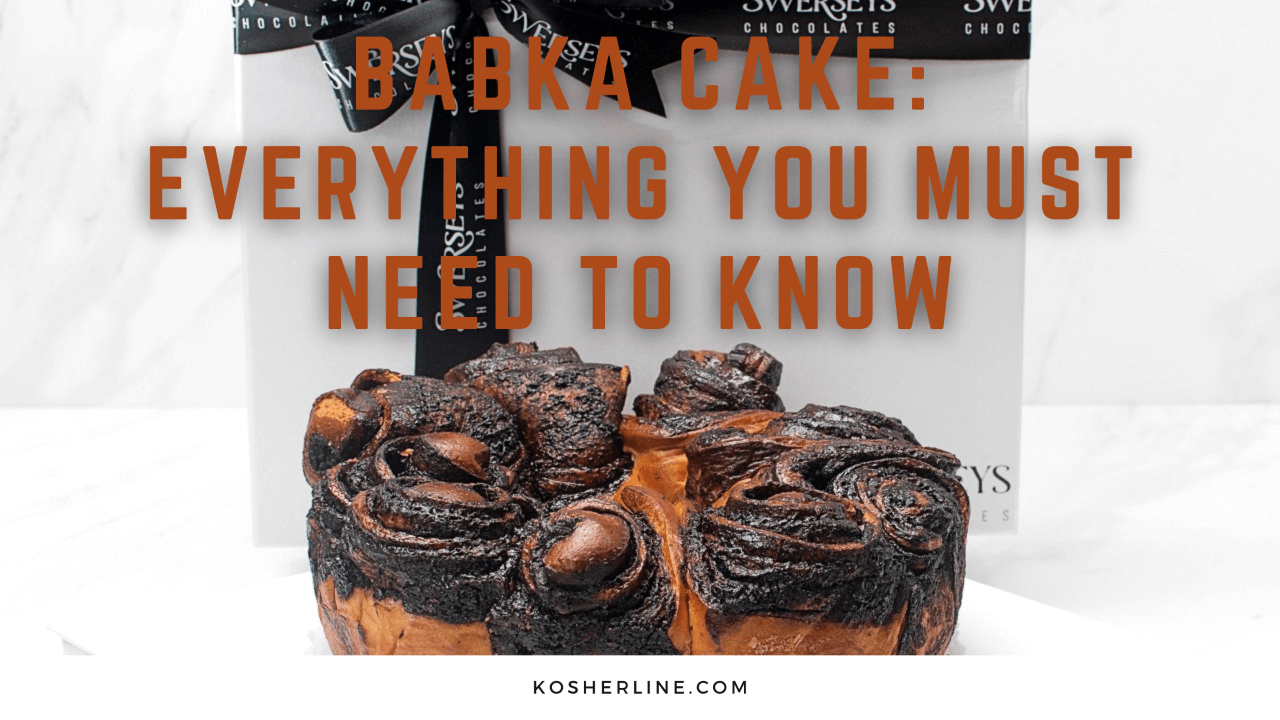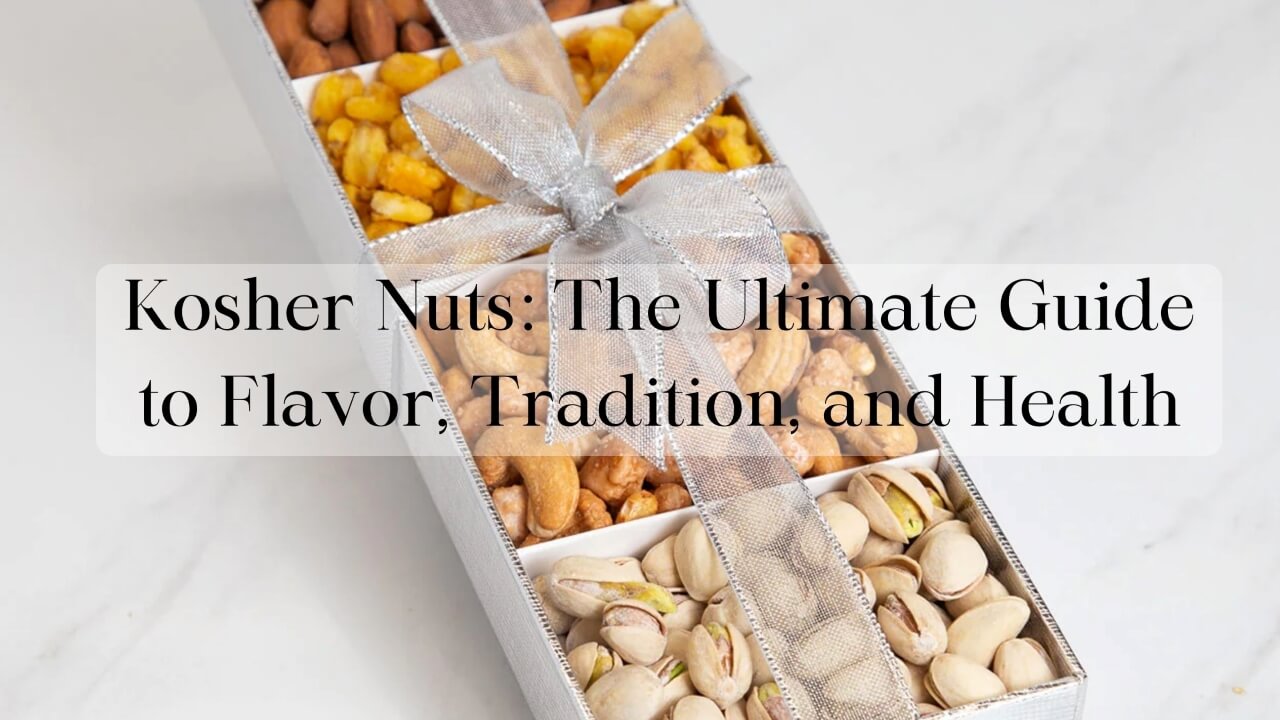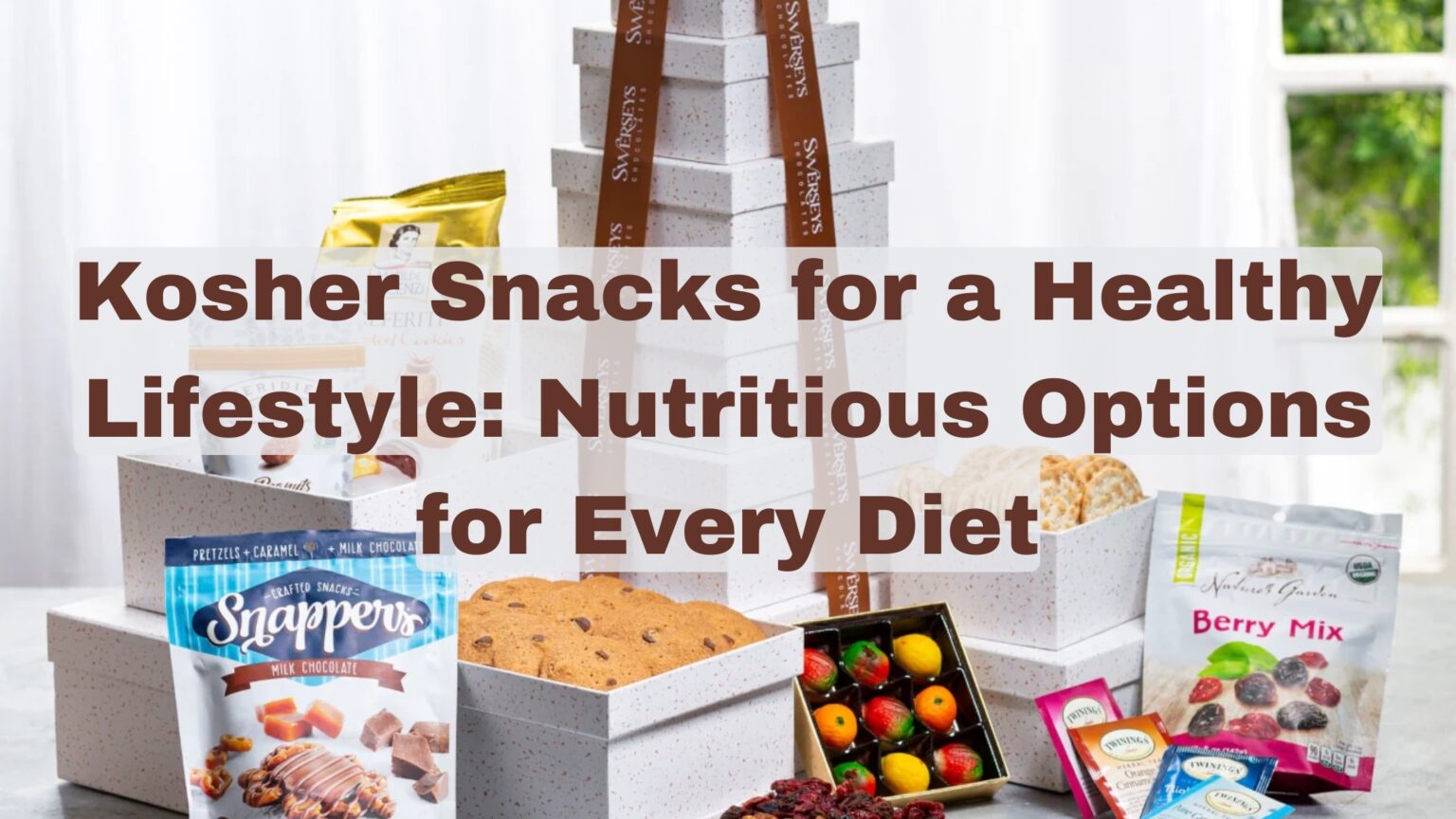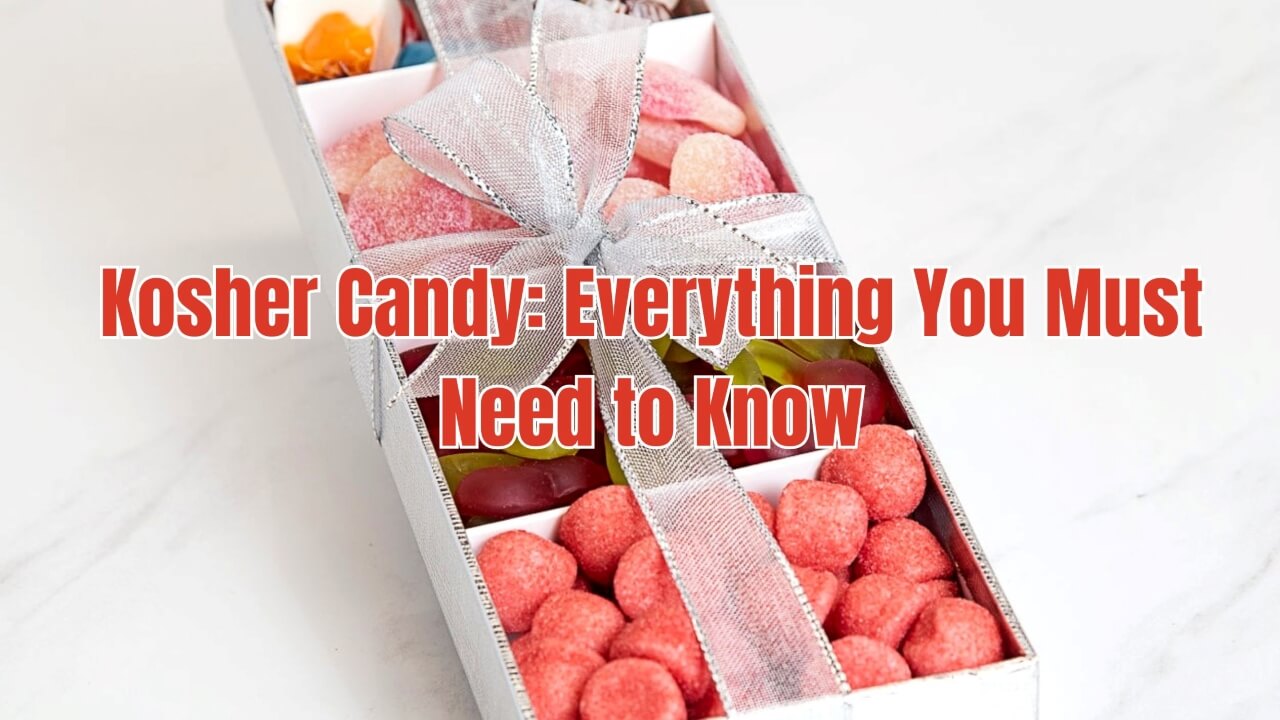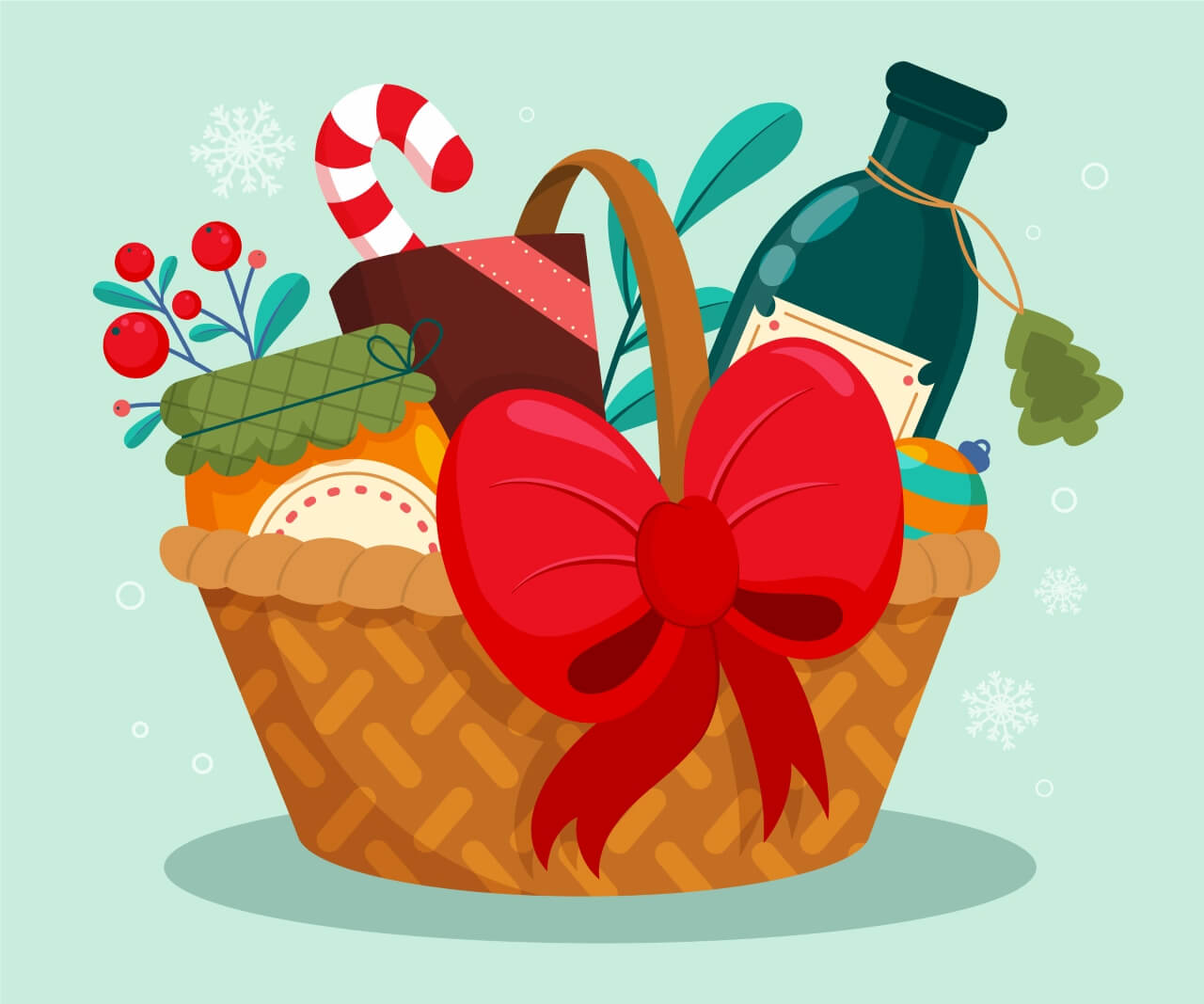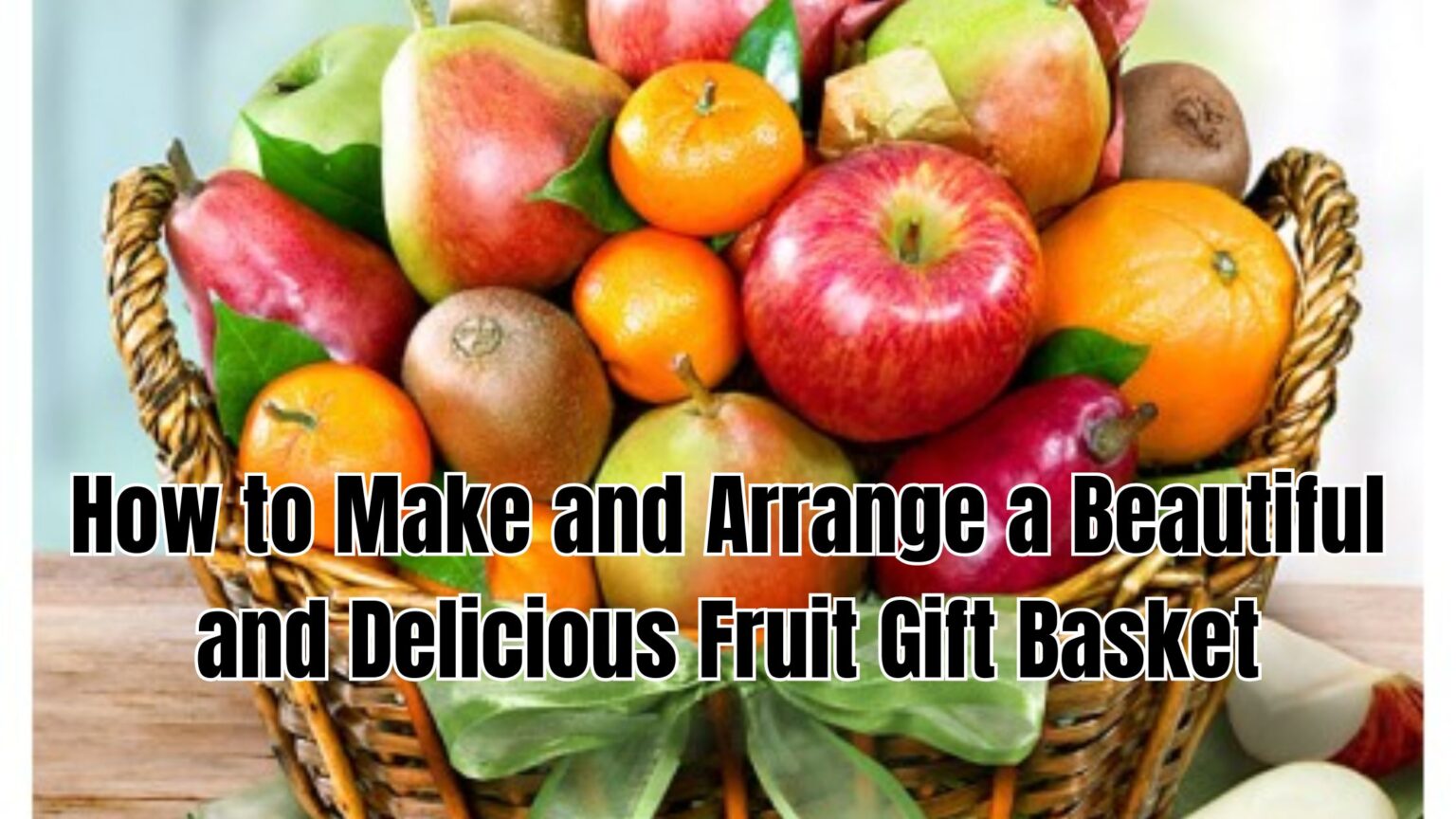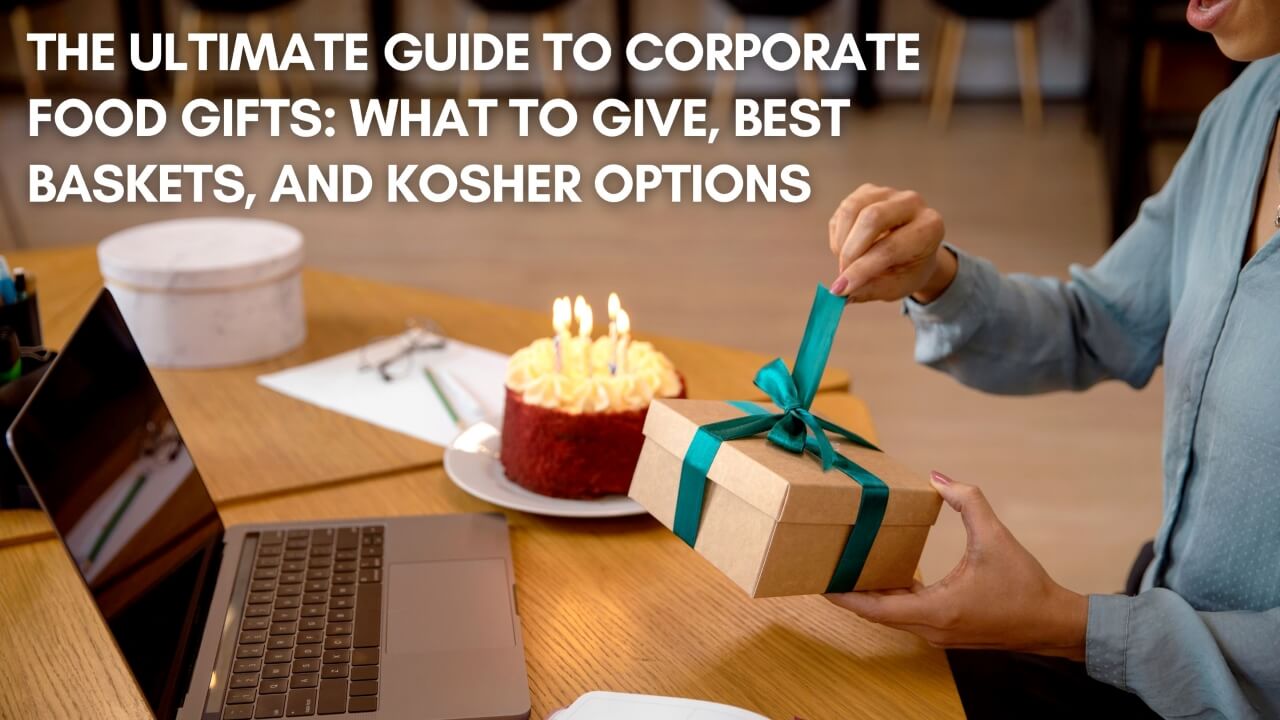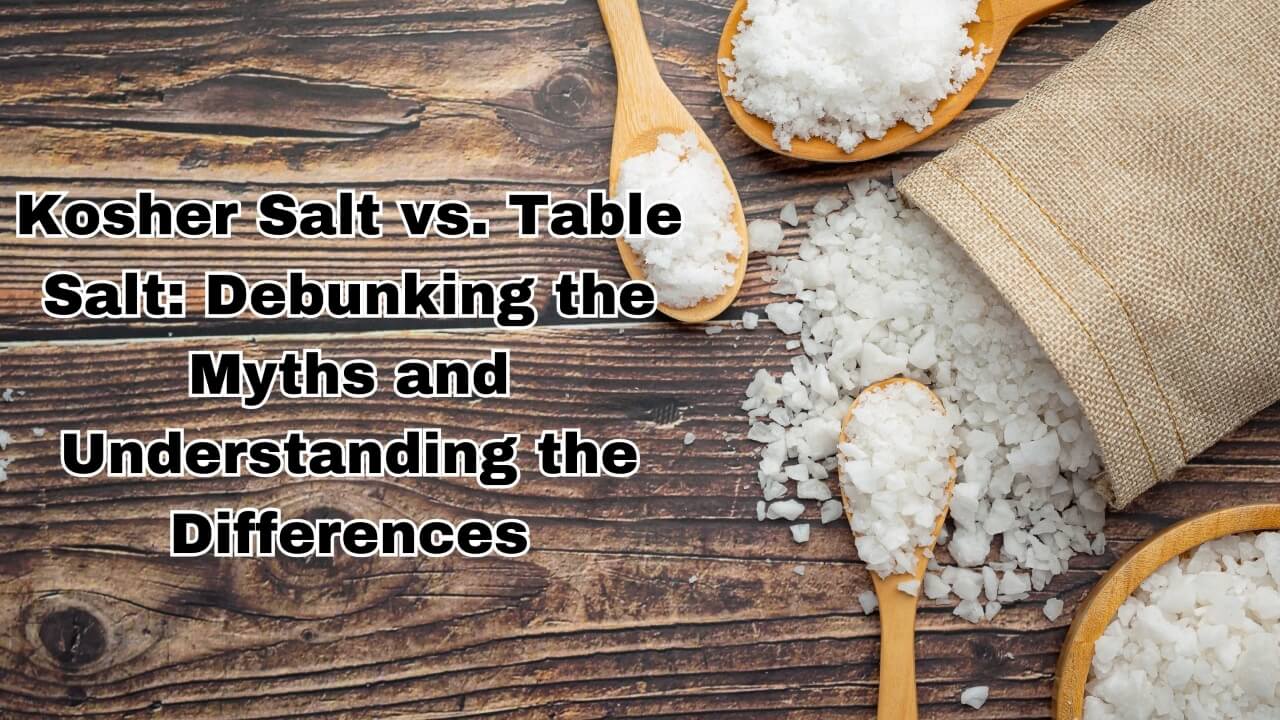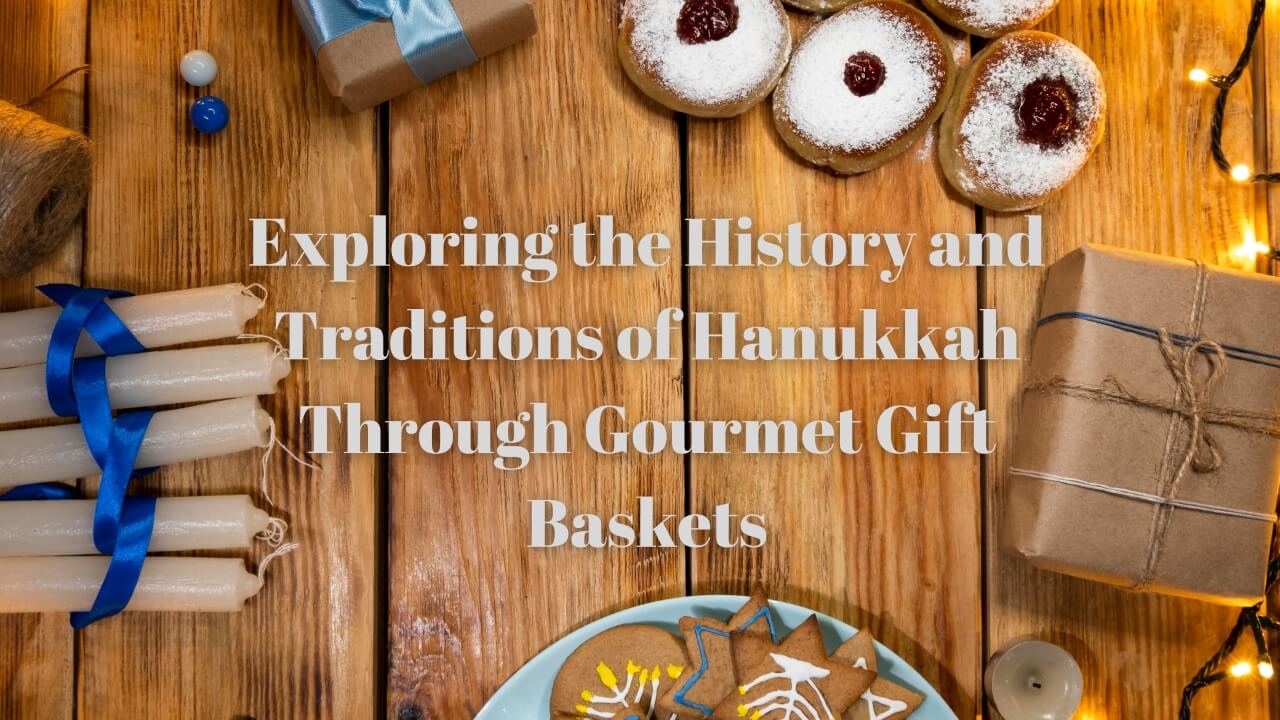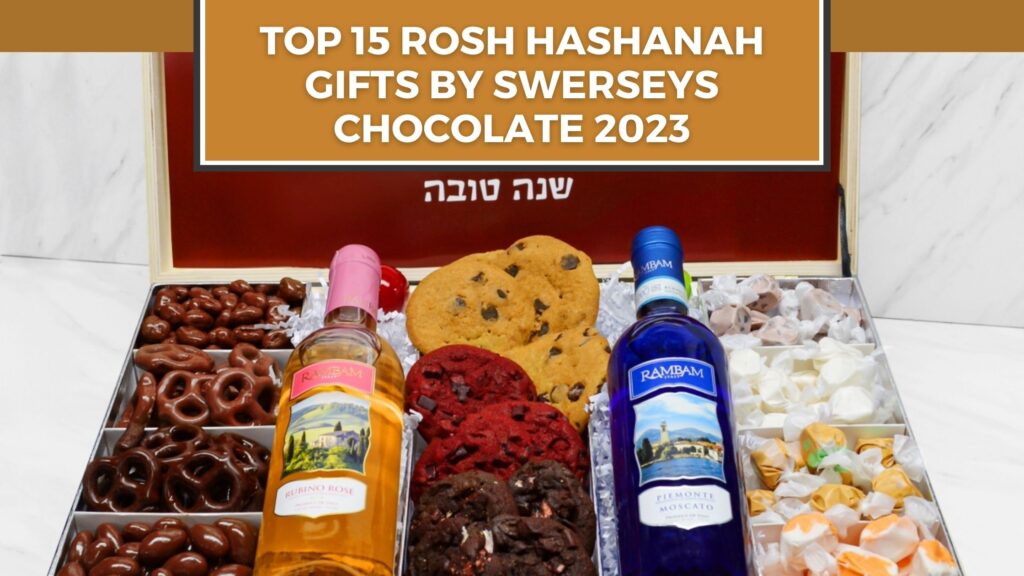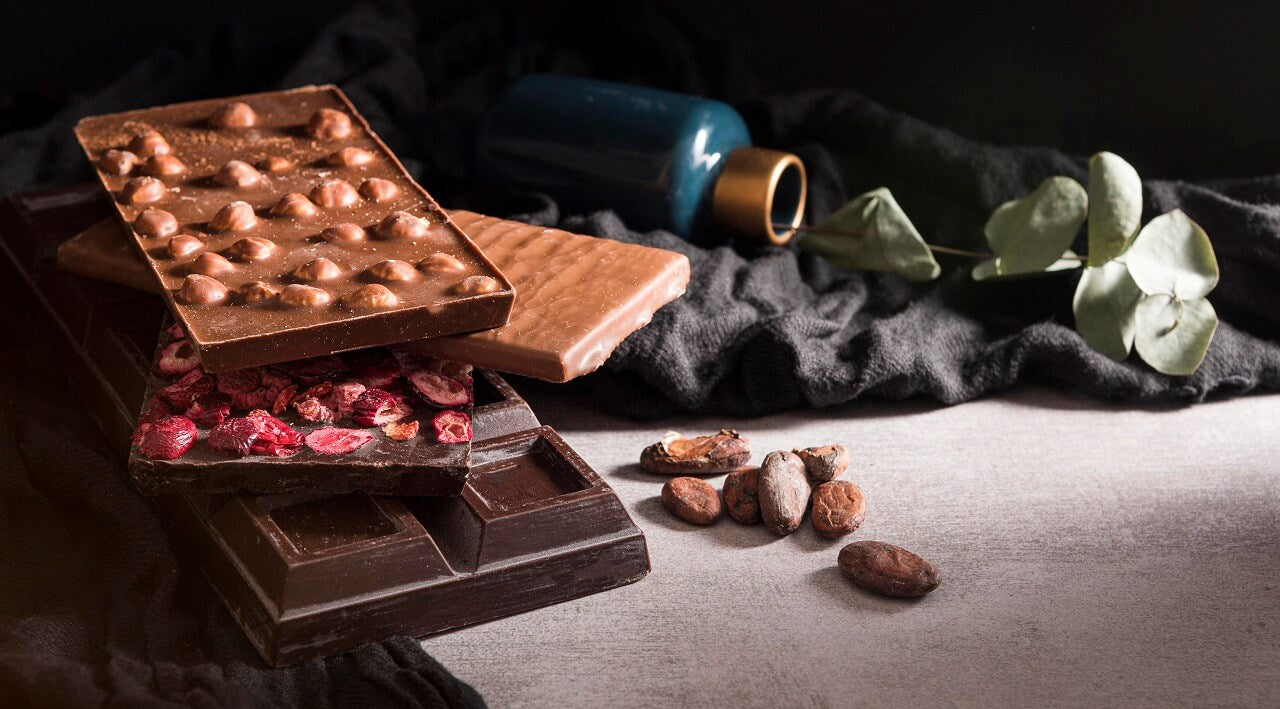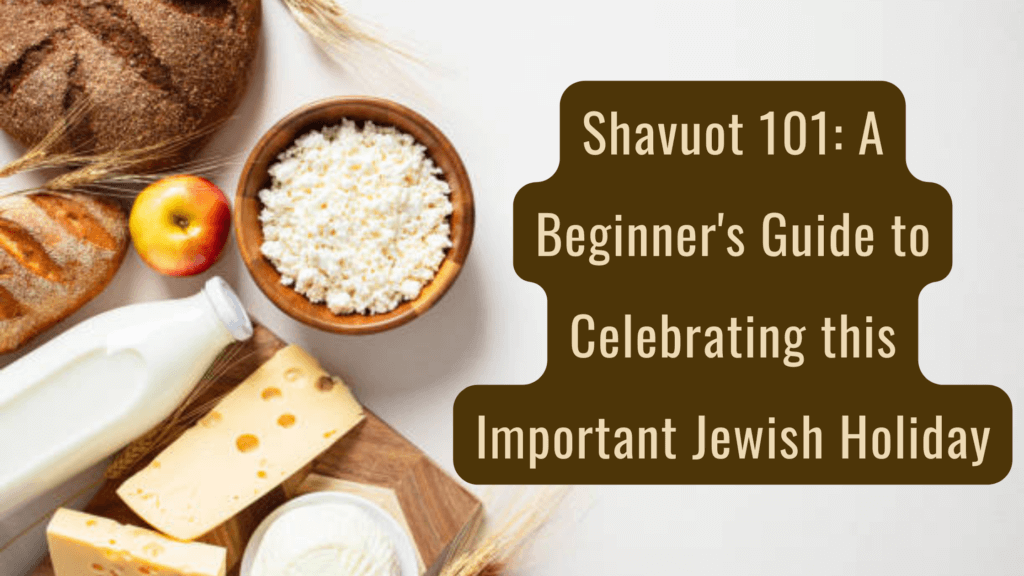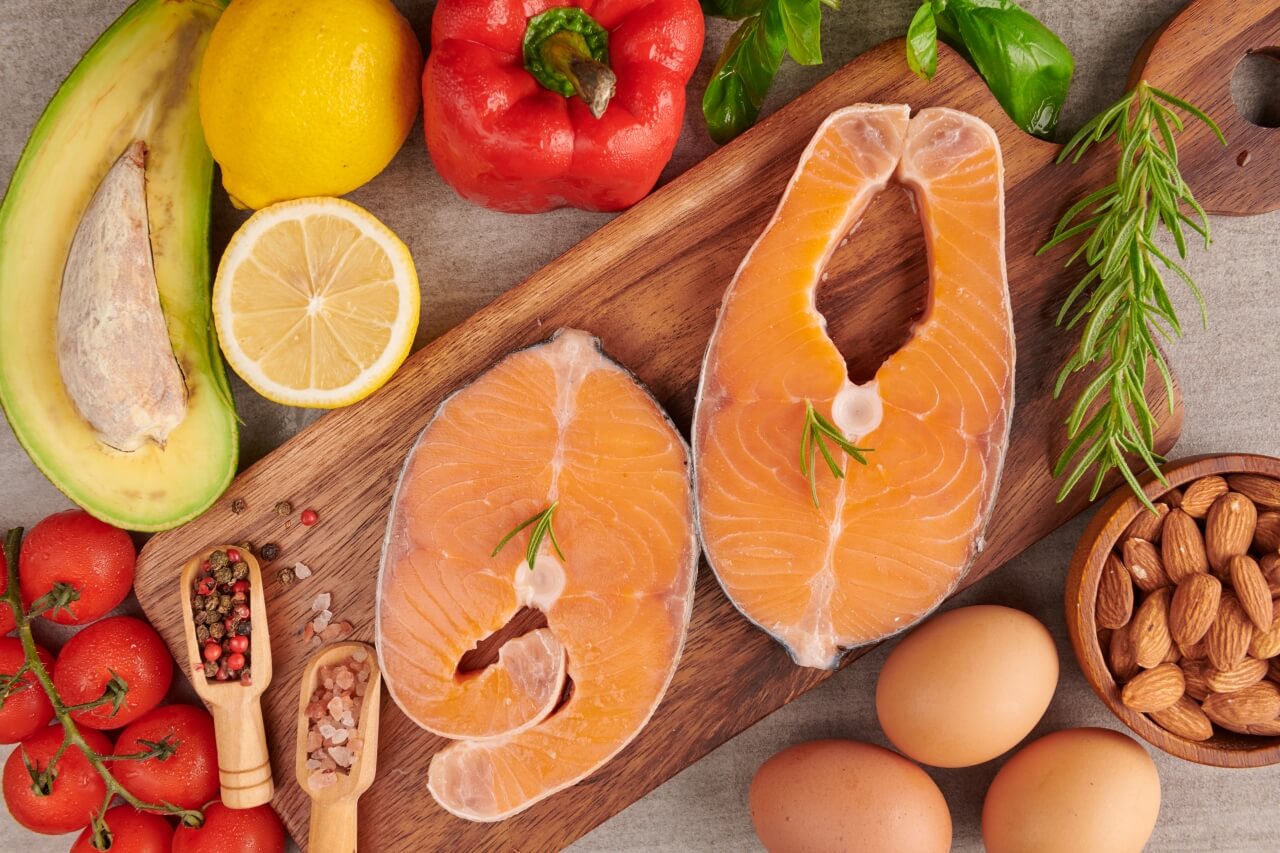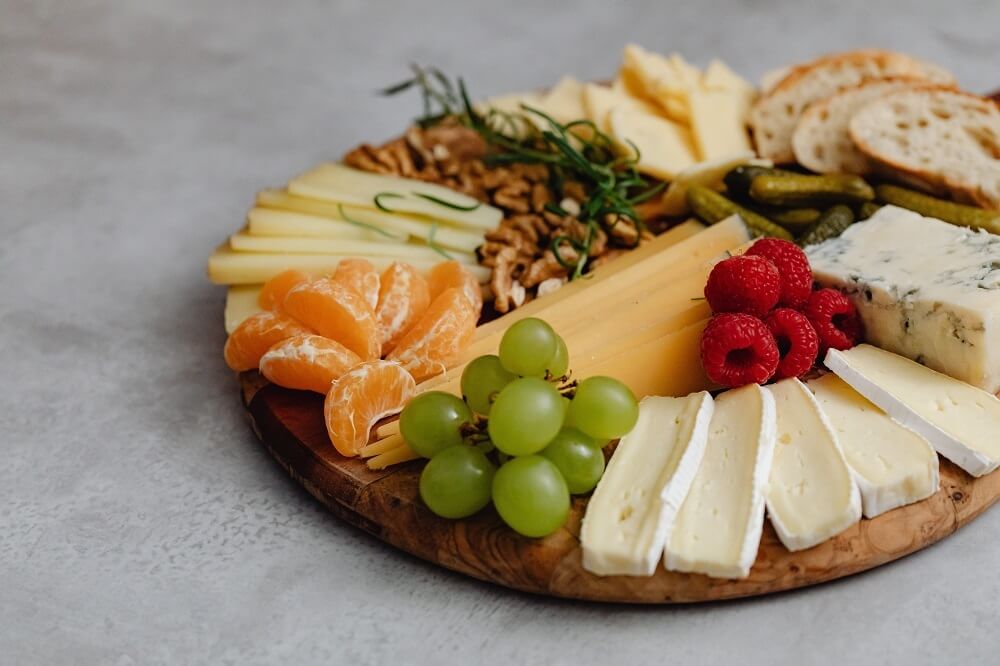Kosher baking is not just about adhering to dietary laws; it’s an art form that blends tradition, creativity, and culinary expertise. Whether you’re a seasoned baker or a novice, creating the perfect kosher cake requires understanding the principles of kashrut (Jewish dietary laws), selecting the right ingredients, and applying practical techniques. This blog post will guide you through the process of making a kosher cake that is not only delicious but also meets the highest standards of kosher law.
The Basics of Kosher Baking
Kosher dietary laws, known as kashrut, dictate what is permissible (Kosher Food) and what is forbidden (non-kosher) in Jewish cuisine. When it comes to baking, these laws affect the ingredients used, the utensils and appliances, and even the method of preparation. Here are some key principles to keep in mind:
- Separation of Meat and Dairy: In kosher kitchens, meat and dairy products are never mixed. If your cake contains dairy (like butter or milk), it cannot be served at a meal with meat. Parve cakes, which are neither dairy nor meat, are more versatile and can be served with either.
- Kosher Certification: All ingredients used in kosher baking must be certified kosher. This includes flour, sugar, eggs, and any flavorings or additives. Look for the kosher symbol (usually a “K” or “U” with a circle around it) on packaging.
- Specialized Utensils and Equipment: To avoid cross-contamination, kosher kitchens often have separate sets of utensils, mixers, and baking pans for meat and dairy. Ensure that the equipment used in baking your cake has been properly kashered (made kosher) if it has been used for non-kosher purposes in the past.
Practical Tips for Kosher Cake Baking
Achieving a perfect kosher cake is not just about following the rules; it’s about creating something delicious that everyone can enjoy. Here are some practical tips to help you succeed:
- Use High-Quality Ingredients: The quality of your ingredients directly impacts the taste and texture of your cake. Opt for fresh eggs, unbleached flour, and pure extracts. For parve cakes, consider using high-quality margarine or vegetable oil instead of butter.
- Mastering the Art of Parve Baking: Parve cakes can be tricky because they lack the richness that dairy provides. To compensate, use ingredients like almond milk, coconut milk, or apple sauce to add moisture and flavor. Experiment with different oils, like coconut or olive oil, to find the best texture.
- Flavor Balance: Kosher cakes, especially parve ones, benefit from a well-balanced flavor profile. Add a pinch of salt to enhance sweetness, or a touch of citrus zest to brighten the flavor. Spices like cinnamon, nutmeg, or cardamom can add depth and warmth.
- Temperature Control: Kosher baking, like all baking, requires precision. Ensure your oven is properly calibrated, and always preheat it before baking. Use an oven thermometer to avoid overbaking or underbaking, which can ruin the texture of your cake.
- Kosher-Friendly Substitutions: If a recipe calls for non-kosher ingredients, there are often kosher alternatives. For example, gelatin can be replaced with agar-agar, and certain emulsifiers or stabilizers can be swapped for kosher-certified versions. Always double-check that your substitutions maintain the integrity of the cake.
- Decorating with Kosher Toppings: When decorating your cake, make sure all toppings, like sprinkles, chocolate, or fondant, are kosher-certified. If using fruit, ensure it is fresh and properly checked for insects, as required by kosher law.
5 Popular Kosher Cakes and Their History
Kosher baking has a rich history, with many traditional cakes passed down through generations. Here are some popular kosher cakes and their origins:
1. Honey Cake

Photo by BellyFull
A staple in Jewish households, especially during Rosh Hashanah (the Jewish New Year), honey cake symbolizes a sweet year ahead. It’s often spiced with cinnamon, cloves, and ginger, and can be made parve to accommodate different meal types.
Honey cake has a rich history, deeply intertwined with Jewish traditions. Its origins can be traced back to ancient times when honey was used as a natural sweetener. The cake evolved over centuries, with significant development in medieval Europe. By the 12th century, it had become a staple in Ashkenazi Jewish cuisine, often associated with Rosh Hashanah, symbolizing the hope for a sweet new year.
2. Sponge Cake

Photo by TheJewishKitchen
Known for its light and airy texture, sponge cake is a versatile dessert that can be flavored with vanilla, citrus, or even chocolate. It’s commonly served during Passover when leavened products are prohibited, as it can be made with matzo meal instead of flour.
The origins of sponge cake date back to the Renaissance, possibly in Spain. It is one of the earliest cakes made without yeast, relying instead on beaten eggs for leavening. The first known English recipe appeared in Gervase Markham’s “The English Huswife” in 1615. The cake gained popularity in the 18th century when bakers began using beaten eggs as a rising agent.
3. Babka

Photo by Swerseys Chocolate
This rich, sweet yeast Babka cake, often filled with chocolate or cinnamon, has roots in Eastern Europe. Babka has become a beloved treat in kosher bakeries worldwide, with variations including nut fillings, fruit preserves, and more. The name “babka” is derived from the Polish word for “grandmother,” reflecting its homely and comforting nature. Buy Chocolate Babka Cake Gift Leather Book Box.
4. Mandelbrot

Photo by Toriavey
Similar to Italian biscotti, mandelbrot is a twice-baked cake that is crunchy and often studded with almonds or chocolate chips. It’s a popular choice for kosher dessert tables and can be dipped in coffee or tea.
Mandelbrot, also known as mandel bread, is a traditional Ashkenazi Jewish cookie that dates back to the early 19th century. The name “mandelbrot” means “almond bread” in German, reflecting its key ingredient. These twice-baked cookies are similar to Italian biscotti and are made with a simple dough that includes eggs, flour, sugar, and whole toasted almondshtt
5. Tishpishti

Photo by JewishJournal
A traditional Sephardic Jewish cake, often enjoyed during Rosh Hashanah, Sukkot, and other Jewish holidays. It is soaked in a fragrant syrup made from honey, sugar, and citrus. It’s often flavored with nuts and spices, making it a rich and moist dessert that’s perfect for holidays and celebrations. This syrup-soaked semolina cake has its roots in the Mediterranean, North Africa, and the Middle East, with a particularly strong connection to Turkey. The name “Tishpishti” is believed to come from the Turkish words “tez” (quick) and “pişti” (cooked), meaning “quickly cooked”.
Troubleshooting Common Issues in Kosher Cake Baking
Even experienced bakers encounter challenges. Here’s how to troubleshoot some common issues in kosher cake baking:
- Dry Cake: If your cake turns out dry, try adding a bit more liquid (like non-dairy milk or oil) to the batter. Also, be careful not to overbake; check the cake a few minutes before the recommended time.
- Dense Texture: A dense cake may be the result of overmixing the batter. Mix until just combined to avoid developing too much gluten. Using cake flour instead of all-purpose flour can also help achieve a lighter texture.
- Sinking Cake: If your cake sinks in the middle, it may be due to underbaking or opening the oven door too soon. Ensure your oven is at the correct temperature and avoid disturbing the cake during baking.
- Uneven Baking: To prevent uneven baking, make sure your cake pans are the same size and placed in the center of the oven. Rotating the pans halfway through baking can also help.
Conclusion
Baking the perfect kosher cake is a rewarding experience that brings together tradition, creativity, and culinary skill. By understanding the principles of kashrut, selecting the right ingredients, and applying practical tips, you can create a cake that not only adheres to kosher laws but also delights the palate.
Whether you’re baking a classic honey cake for Rosh Hashanah or experimenting with new parve flavors, the possibilities in kosher baking are endless. So, put on your apron, gather your kosher ingredients, and start baking your masterpiece!

